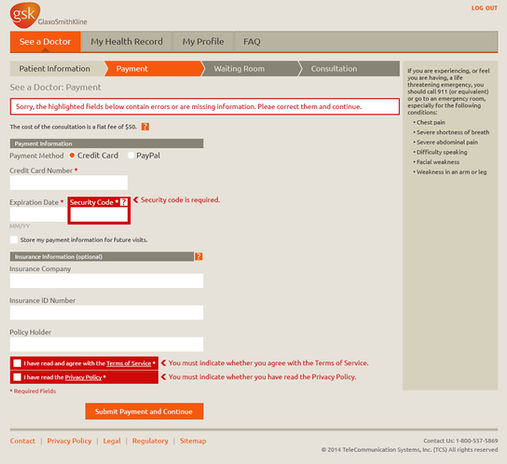The Resume
The Resume
The Resume


Virtumedix
An online solution and update for at-home healthcare
This project was one of the most enjoyable ones I have worked on throughout my career. I often receive questions about my favorite project or the most challenging one I encountered. While I can say that nearly all projects come with their issues, since many people are overly exposed to design these days and believe they know what good design is, there are a few that remind me why I truly love this line of work.
VirtuMedix approached my company with the idea of reviving the concept of home visits by doctors. In the past, before the medical industry became so formalized, doctors would visit their patients at home when the patients were unable to make it to the office. During these visits, doctors would conduct examinations and determine whether the patient needed to go to the hospital or require further treatment. Often, they brought everything they needed with them, from stethoscopes to certain medications.
This is what VirtuMedix aimed to reinvent. As times and regulations have changed, doctors can no longer conduct home visits, relying instead on paramedics and EMTs to diagnose and stabilize patients in the field or the back of an ambulance. To address this, VirtuMedix decided to build a mobile and online platform that allows patients to consult with their doctors without leaving their homes. Through this platform, doctors and patients can engage in live chats, upload images, review medical histories, and keep track of medications and their proper usage.
The idea facilitates instant medical access anytime and anywhere. Even if your doctor is on the golf course, your request can be directed to any available doctor for immediate attention. The doctors can assess your concerns in real-time, prescribe medication, or recommend a visit to the hospital for further treatment.
From a design perspective, VirtuMedix intended to market the platform to various medical entities, allowing for co-branding and functionality adjustments as needed, or as medical regulations evolve. My initial thoughts on the look and feel were to create a warm, comforting experience. Many medical websites and dashboards tend to be white, stark, and cold. I wanted to convey the sense of being in the comfort of one's own home, recreating that feeling of the doctor seeing you, rather than you simply seeing the doctor.
The case shown here features a co-branding project with GlaxoSmithKline (there were other test dashboards with different logos, now lost to time). This project predated the era of responsive design; the layouts presented here are for desktop, however, designs for tablet and both Android and Apple mobile devices were created using the standards for those apps circa 2015.
I ultimately enjoyed this project, creating new ideas for utilizing the program. Just as we were concluding this project, Apple released the iWatch, which would enable doctors to receive real-time biometrics from the device to better diagnose patients. Unfortunately, I don’t know what became of the project after it was delivered. It was right a the cusp of the wearable tech trend, and I suspect that, while the idea was ahead of its time, the technology moved faster than Virtumedix could adapt.
Thank you for reading.







